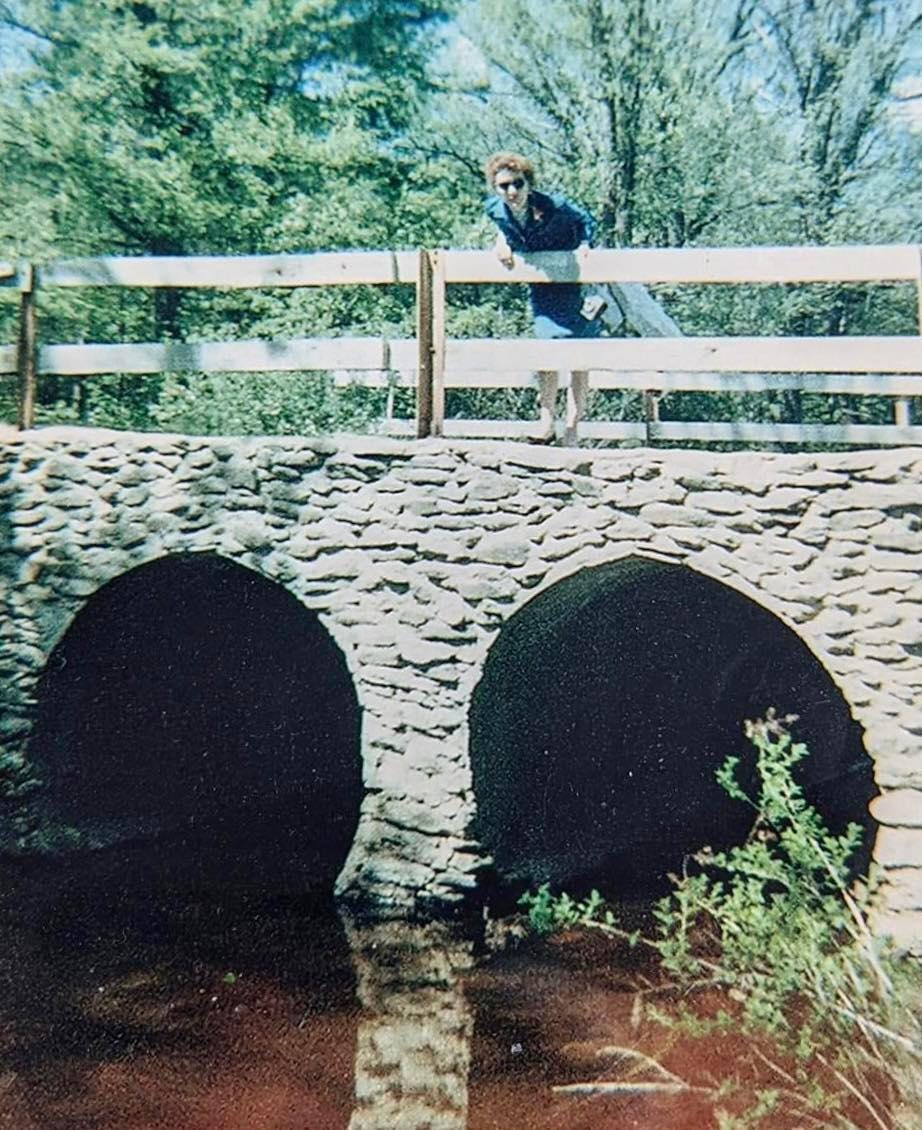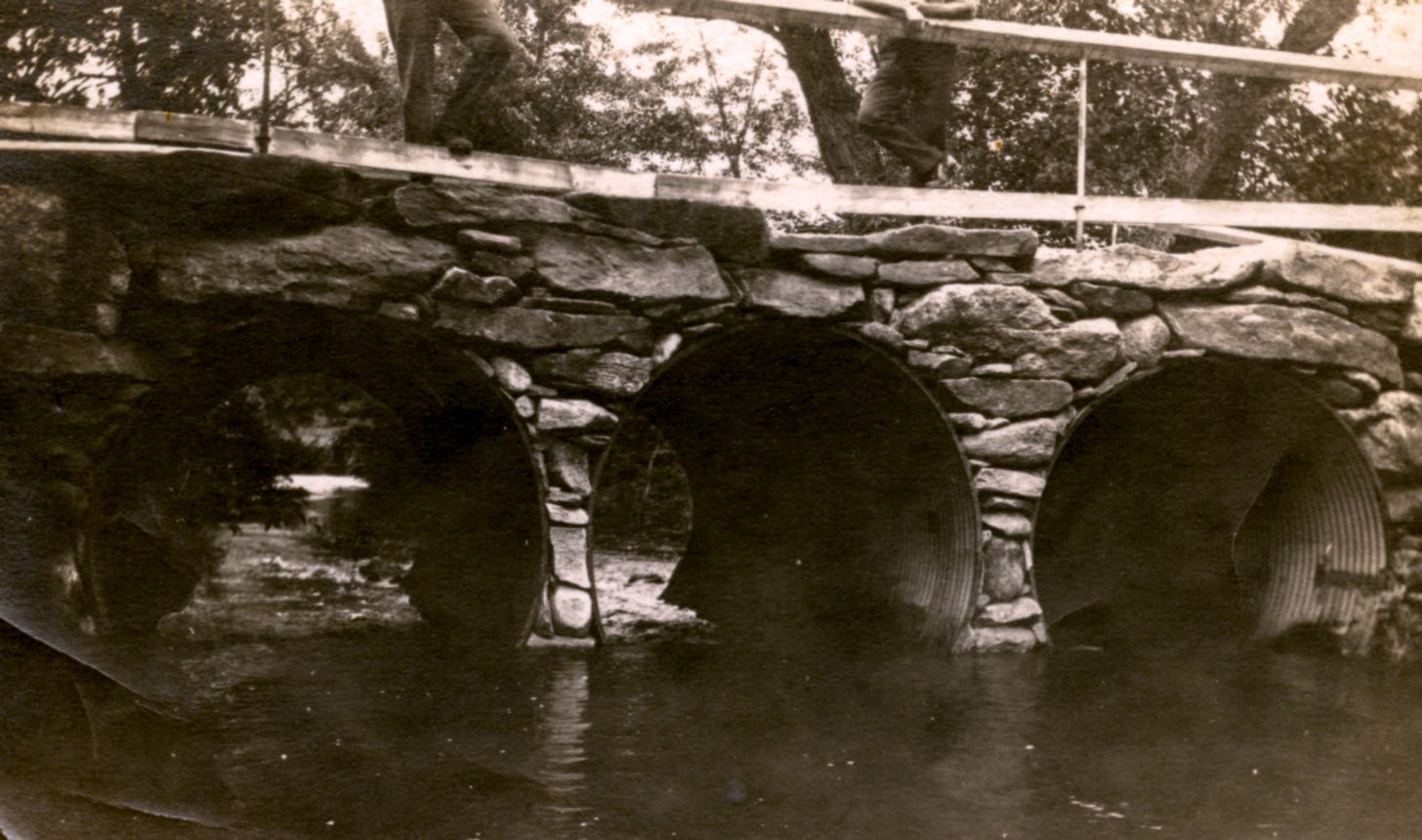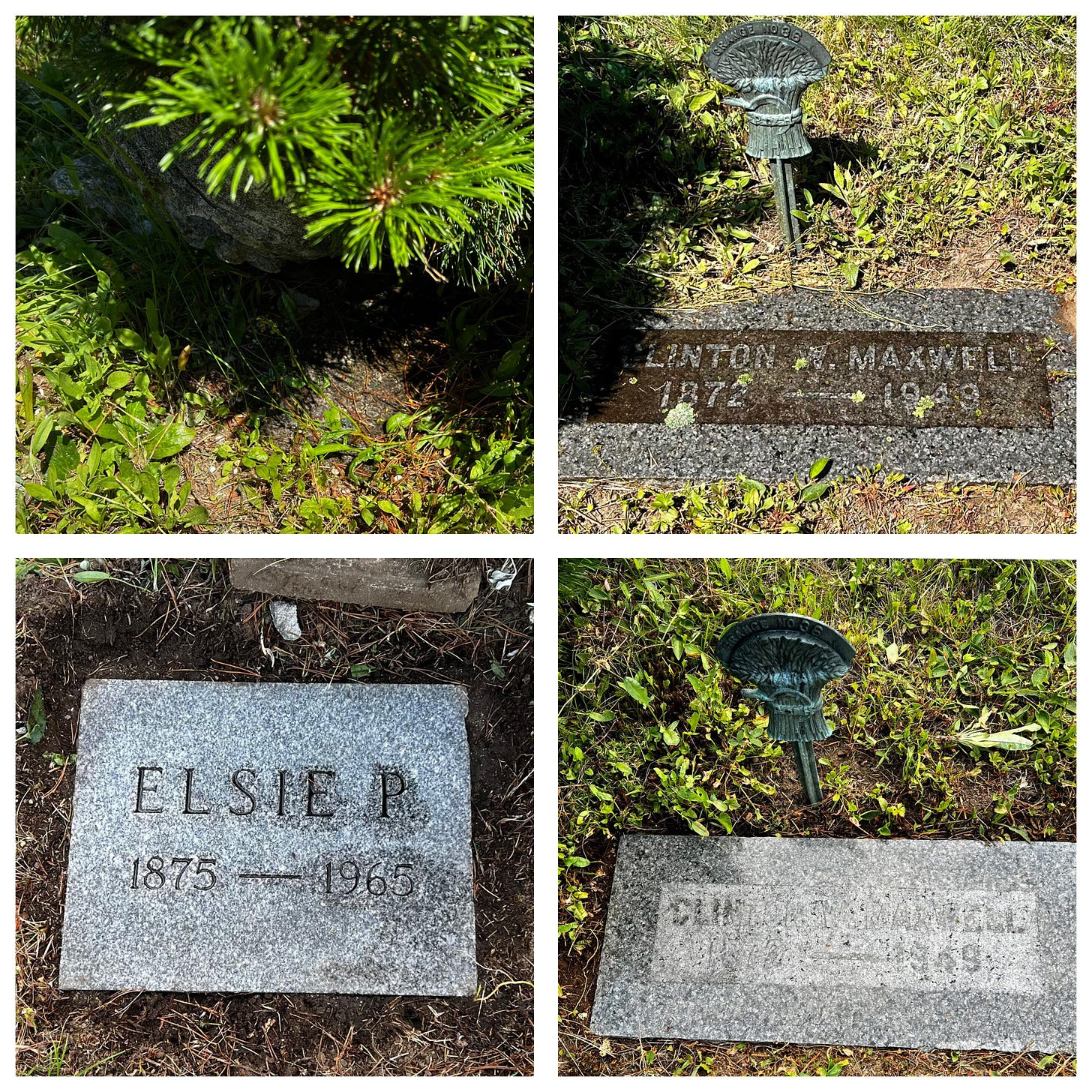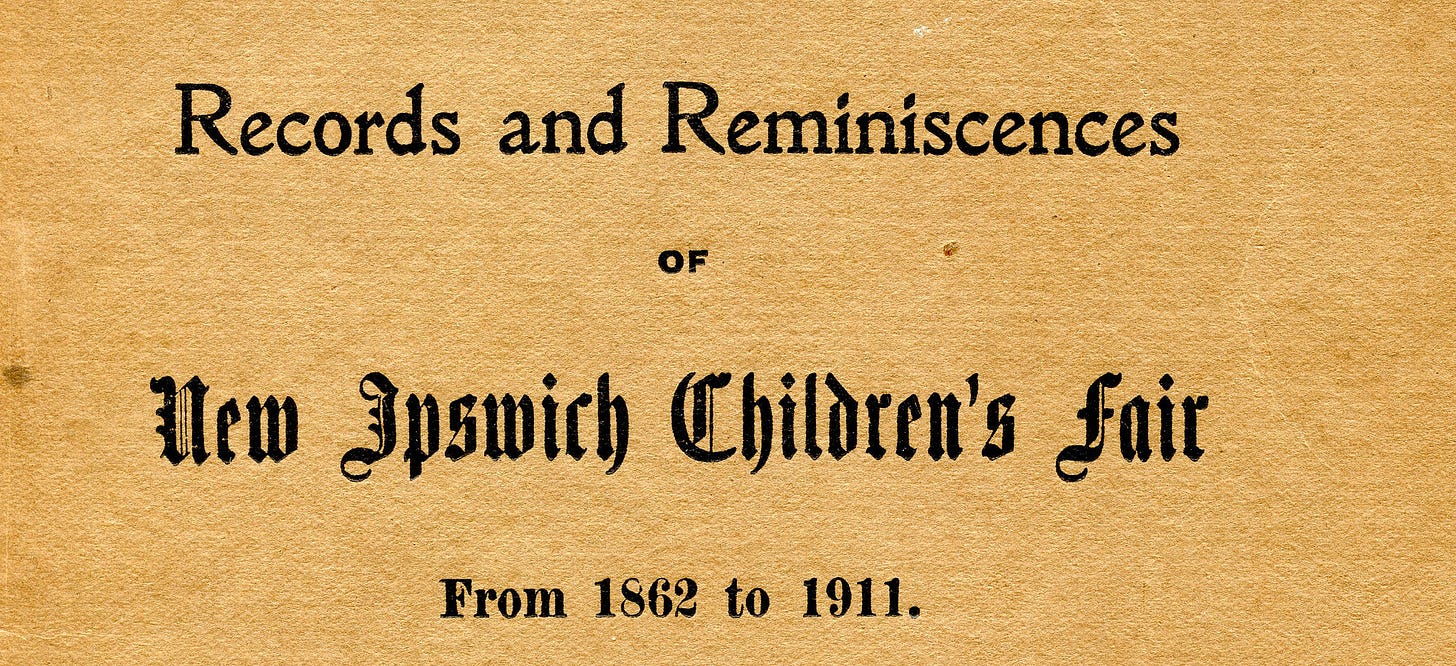“Recent” History
The majority of photos in the Society’s collection were taken in the early twentieth century. They are fun to look at, but a lot of history has happened since then. It is my goal to expand our collection to include more school photos, photos taken at the Children’s Fair, Church picnics etc. Perhaps there is a box of old photo in a drawer somewhere that may be of interest to our community. I’ve done lots of scanning of the old photos and plan to do more. The Society has digital storage dedicated for our media, It is just a matter of spending the time organizing it. My email address at the Society is JPoltrack@nihist.org.
Recently a reader sent me a photo of Lena Maxwell on a bridge with a question of the location. It seems to match a photo in our collection which is identified as “Gibson Four Corners”. This is an example of how we can complete the story of our little town.
Lena Maxwell
Photo appears to be vintage 1960s, but that is my guess
This is our photo of the bridge
Our reader also sent me some photos of her family gravestones which she had cleaned after attending our Gravestone cleaning workshop.
On this day - July 21, 1908
James Roger diary entry
21st (Tuesday)
Fair and cool variable winds. David on sidewalks. I was in Cemetery in forenoon at Ames lot, where men are putting up name on stone for Mrs. Burr. (Barr) One of the men is a deaf and dumb Scotsman from Glasgow by name of Brodie. I fixed Hall for 10 cent dance in afternoon and picked some blueberries.
On this day - July 21, 1897
William Jurian Kaula diary - no entry
Records and Reminiscences of the New Ipswich Children’s Fair from 1862 to 1911
By Mrs. C. H. Obear - Pages 24 - 26
And here is another my eyes fall upon. "The Children's Classic"-Mother Goose-has given me many suggestive texts" to point a moral "
First Boy-"Robin to robin he bent his bow.
To shoot a pigeon, but shot a crow, The crow was black, the pigeon was white, Poor little Robin! he didn't shoot right."
Second Boy-Tommy Toby he bent his bow
He thought he would be a man, you know,
He smoked a cigar till he grew so white His loving mother was filled with affright,. And poor little Tommy found he hadn't shot right.
BLOW YOUR OWN HORN (CHARLIE HARDY).
You think I ain't big enough to make a speech, You wait and you'll find out, sir; I'm a big boy, most seven years old! And shall grow to be a man, no doubt, sir.
I've got a big jack knife all my own,
And when I cut me, I don't cry, sir; I can whistle Yankee Doodle 's well as mother, The tune the boys sing Fourth of July, sir.
I have a little dog named Toodle, His color is black and tan, sir; And he knows enough to know tobacco and rum Never help a boy be a man, sir.
I can raise pumpkins for Children's Fair, If you don't believe it, go and see, sir!
When the auctioneer holds that pumpkin up You'll say it's worth the price of three, sir.
The men begin to say, "I am almost done,"
When they've barely begun, sir,
I don't believe in making folks tired, And so will only say, I'm done, sir.
We all recall the ingenious devices by which we gave every child a part in these recitations. For instance, the marching of twenty-six children on to one end of the platform, and off the other in a line, each pausing to tell "What the Alphabet brought to the Children's Fair," the first boy telling in rhyme. that A brought apples and aprons, and going on. The next, B brought baked beans and brown bread; the next, eran berries, cake and carrots; D, dough-nuts and a duck, and so on. Failing to find anything for X, the boy was taught to say
"I brought nothing.
Said he'd met with a loss,
Couldn't sign his name, And so he made a cross."
The requisites in preparing these for the small children were brevity, rhyme, and words the children could understand.. As the years go by, and the harvest festivals come and go, and as I sit and review the past without much apparent alteration in their course, I see that this little stream of benevolence springing up among the New Ipswich hills to do its humble part in watering the waste places of the earth, has had watchful eyes to rest upon it, to see that it should not be clogged or diverted from its course.







I am inclined to agree with Bill Niemi regarding the bridge. I lived on Perry Rd about a mile from it and like Bill, fished that spot in the 50'-60's. The bridge stonework looked more like that in the second picture. Larger stones and various sizes. As for digging post holes and foundations kudos for the Niemis. Back then people did that. Our house builder (Alfred Parhelia-sp?)'s wife hand dug our cellar hole. Amazing. I also had a summer job working for Taft Electric digging T pole holes in Greenville- 6' deep for 30' poles, 6 1/2' for 35' or approx. You knew you were in the Granite state on many occasions although our area did have a lot of sand. As a side fact, I remember Bill somewhat and I believe sister Irene. Also, I believe, Bill as a professor from RPI, taught my wife a class at RPI or at Russell Sage College in Troy, NY. Neat remembrances.
First let me add to a previous comment. I said the Niemi house on River Rd was the first house to get electricity. This statement is based on River Rd starting from the Old Country Rd and finishing at Gibson Four Corners. Some newer maps have River Rd starting from Highbridge. The 1960's pic of Lena on a bridge does not appear to be the Gibson Four Corners bridge I know. In the 1950s I fished the West Souhegan River that passed under a bridge we called the Gibson Four Corners bridge on River Rd near Gibson Four Corners. The rest of the my comment deals with getting electricity to the Niemi house on River Rd. After my father & I had the house built (but not finished inside) my father asked the electric company (which was private at the time) to bring in a line. They told him that there would be a charge for labor and pole installation for the one mile distance from Gibson Four Corners to our house on River Rd. My father made a deal. He would dig every pole hole for that distance if they would remove the labor charge. We dug 5 ft deep pole holes over that distance. This was after digging a cellar hole and 3 wells (20+ft deep, 6 ft across all with hand tools.